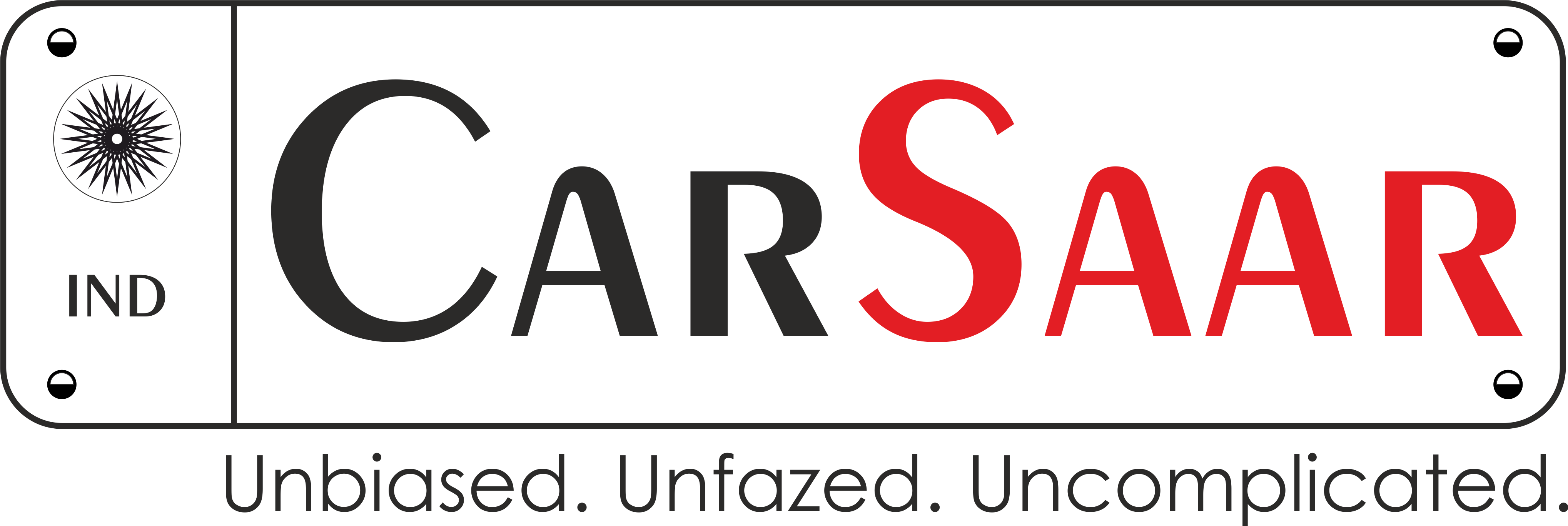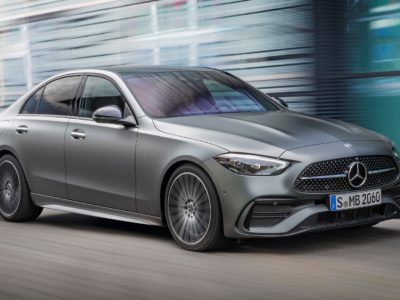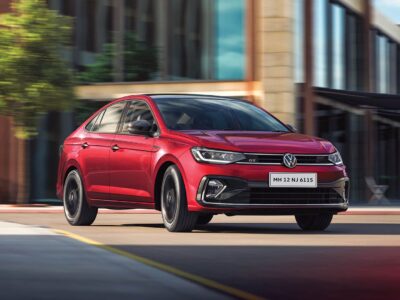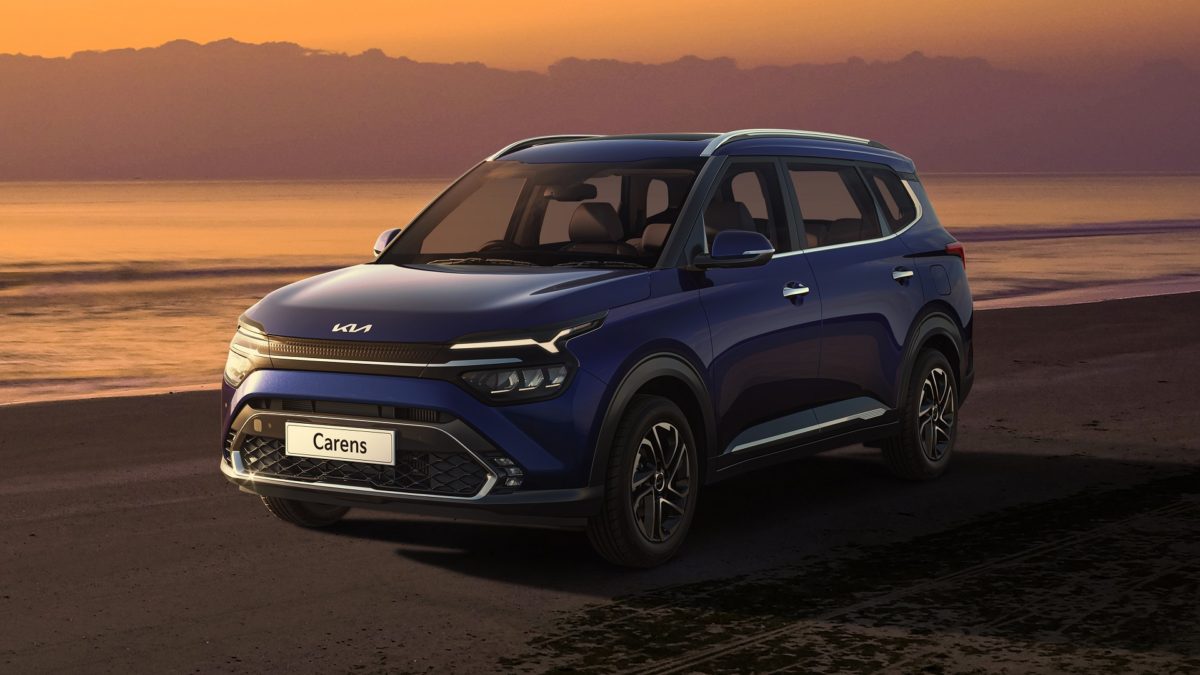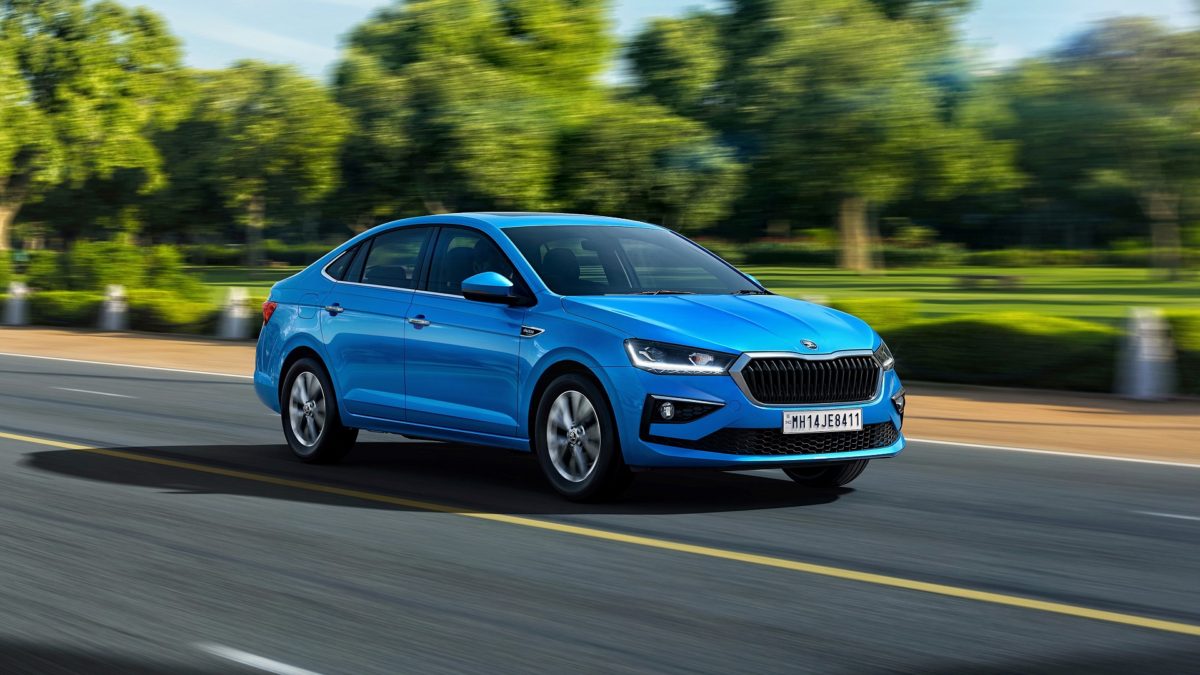Mercedes-Benz has taken the wraps off the all-new C-Class, both in sedan and estate forms. Since India is likely to get (whenever that happens) only the former, we’ll focus on that. In its sixth generation, the C-Class sedan has become more practical, feature-rich, kinder to the environment and more accessible. Also, all non-AMG variants will have mildly-hybridised four-cylinder engines (petrol and diesel). And yes, it looks much sharper to behold, inside and out, than ever before.
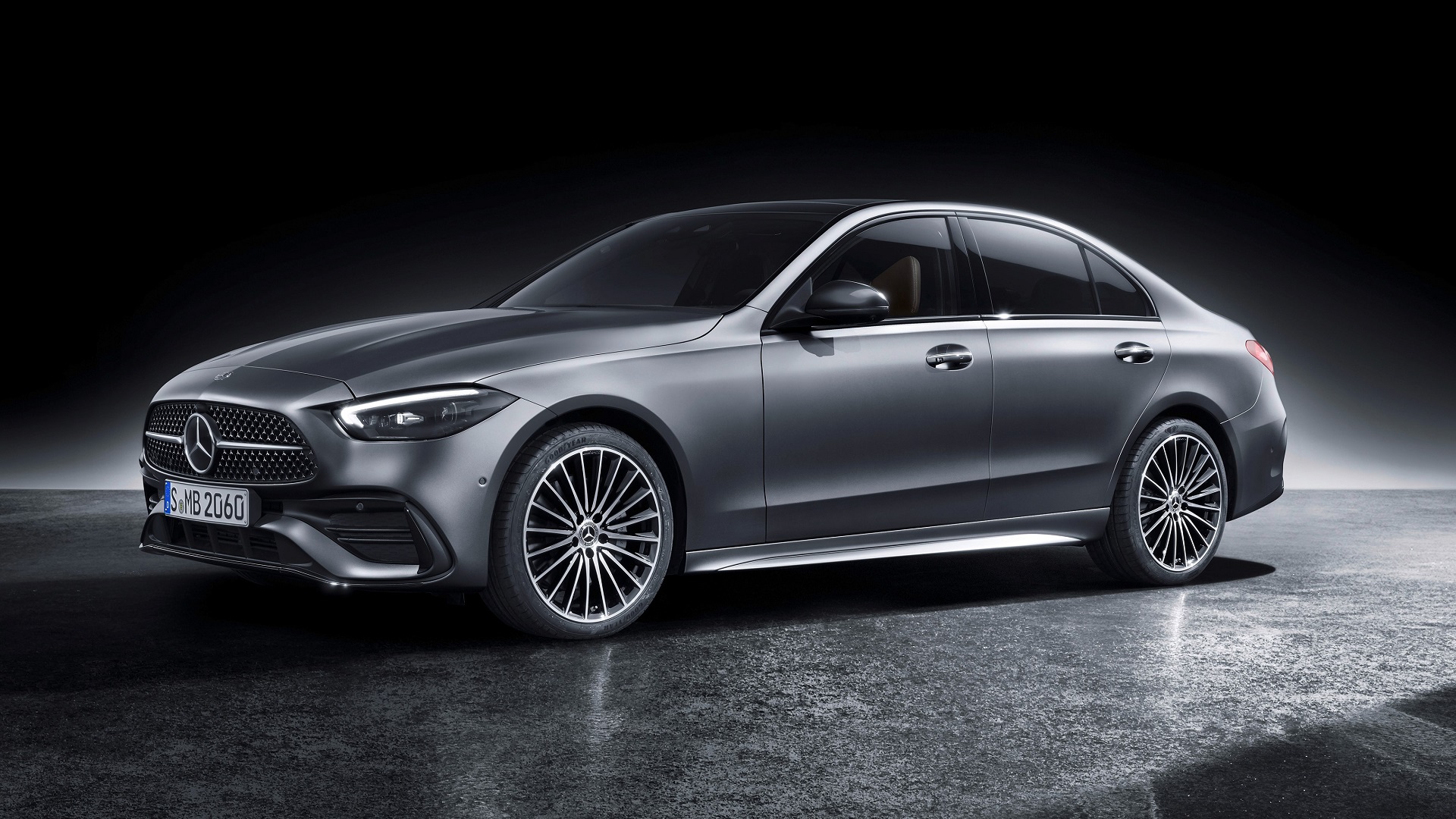
As they say, looks are always subjective. That said, only some would frown about how the new C-Class’ design adds up. Yes, it isn’t conservative. But, not many play that game anymore, do they? Mercedes-Benz has moved the windscreen and passenger cell a bit towards the rear. That concept is known as the “cab-backward design”. As a result, the bonnet looks longer, right in line with a classic sportscar silhouette.
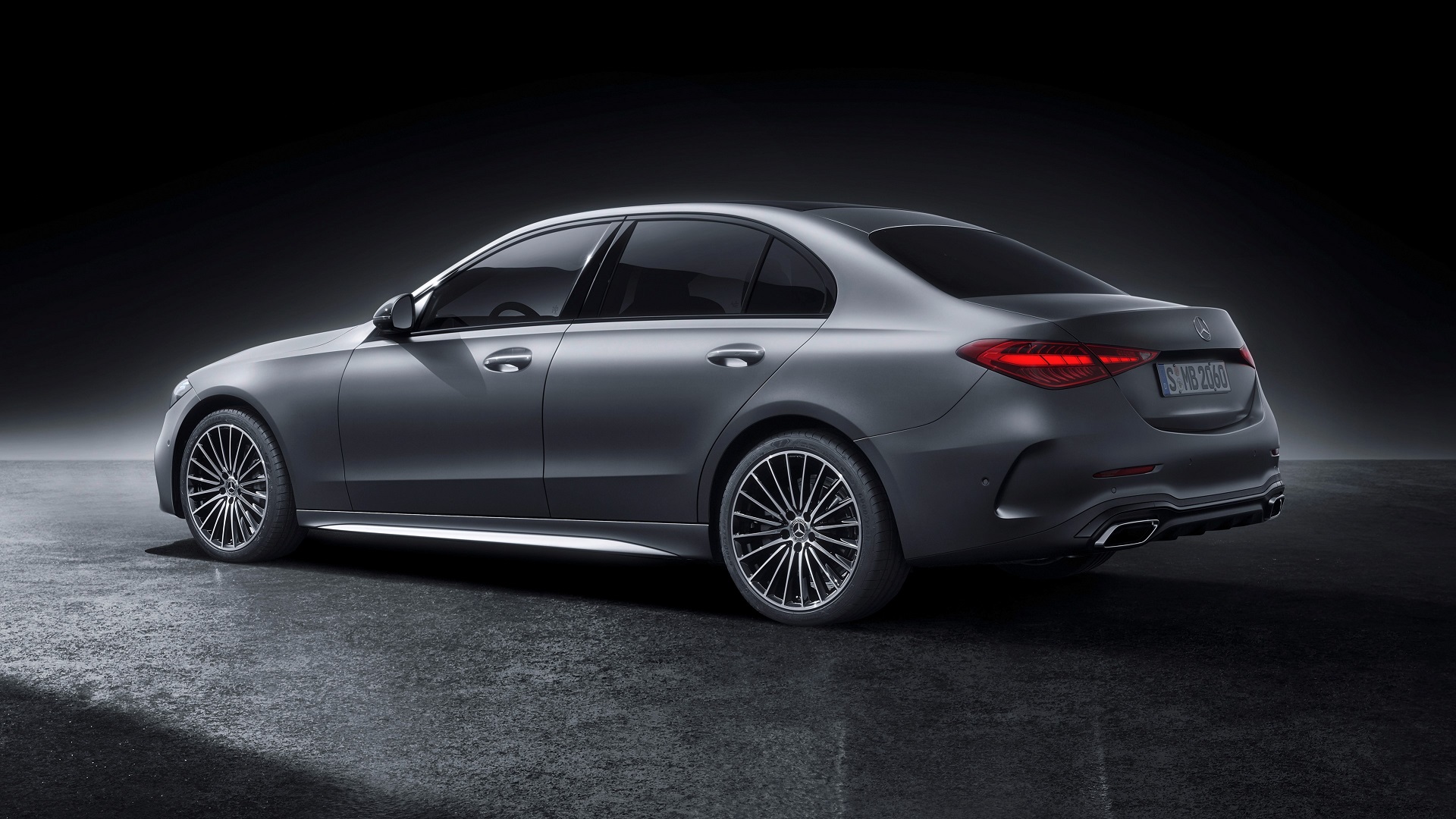
The face is all-new. Flanking the aggressive-looking trapezoidal grille are sleeker headlamps, and accompanying both those elements is a new bumper. There are bulges on the bonnet too, which add to the sporty feel. As standard, the C-Class comes with 17-inch wheels. They increase in size, up to 19 inches, as one moves up the model range. At the back, the sedan features two-piece taillamps – a first for the C-Class. And yes, the rear bumper is new too.
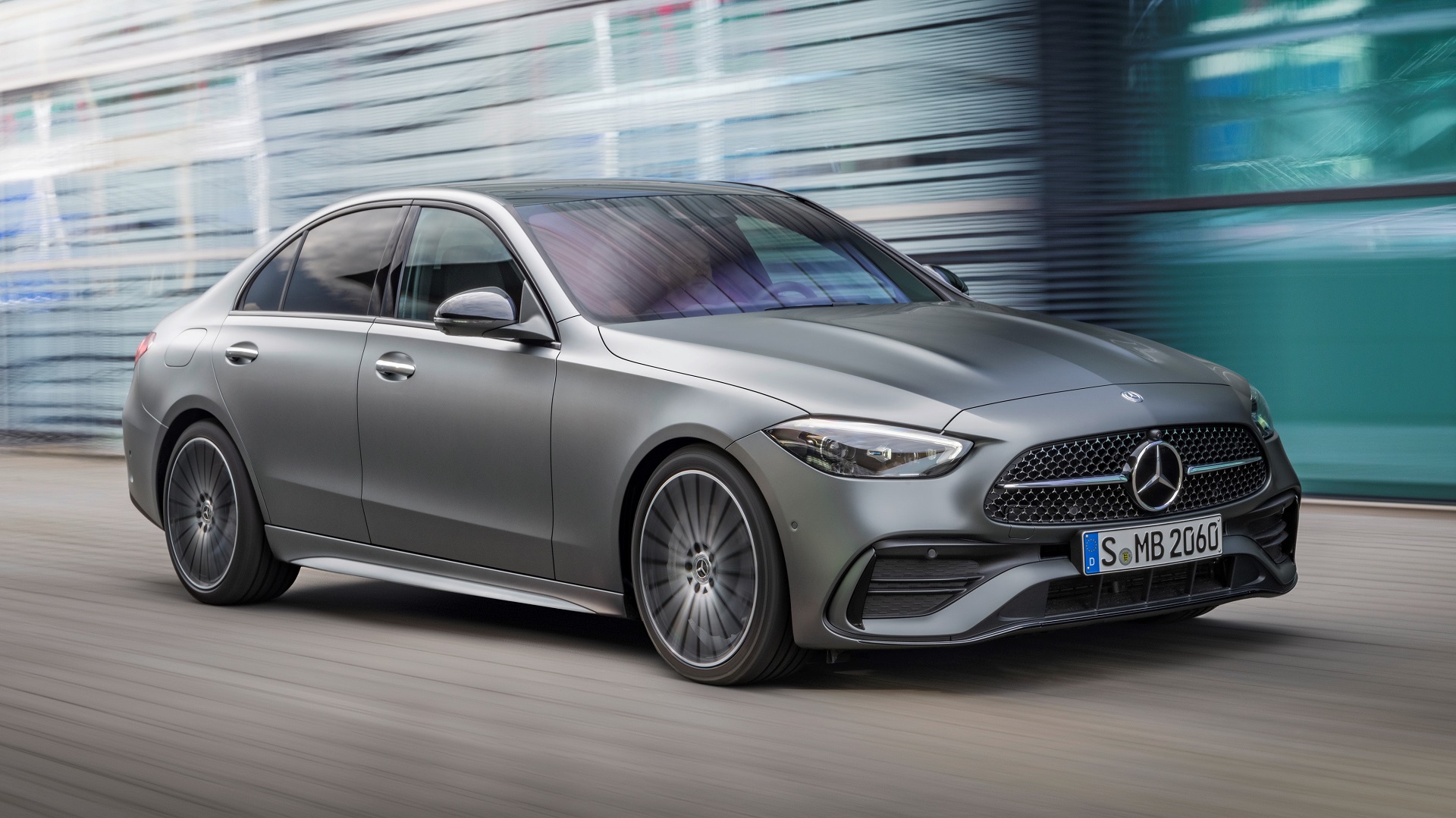
The thorough makeover is evident on the inside as well. Sitting behind the three-spoke multifunction steering wheel is a digital instrument cluster, which is available in two sizes – 10.25 inches and 12.3 inches. The display isn’t connected to the central touchscreen infotainment system, one that sits beneath the three circular AC vents. As standard, the C-Class packs a 9.5-inch unit. Customers can also opt for a larger 11.9-inch unit. The use of physical buttons and knobs is minimal on the dashboard. And, needless to say, the new C-Class has the latest version of the MBUX.

Okay, time to break out some numbers. Courtesy of the increased exterior dimensions, the new C-Class offers more elbow-room at the front (22mm) and back (15mm). The rear-seat passengers will also benefit from increased headroom (13mm) and knee room (up to 35mm). Mercedes-Benz says that manoeuvrability is better as the turning circle has dropped by over 400mm.
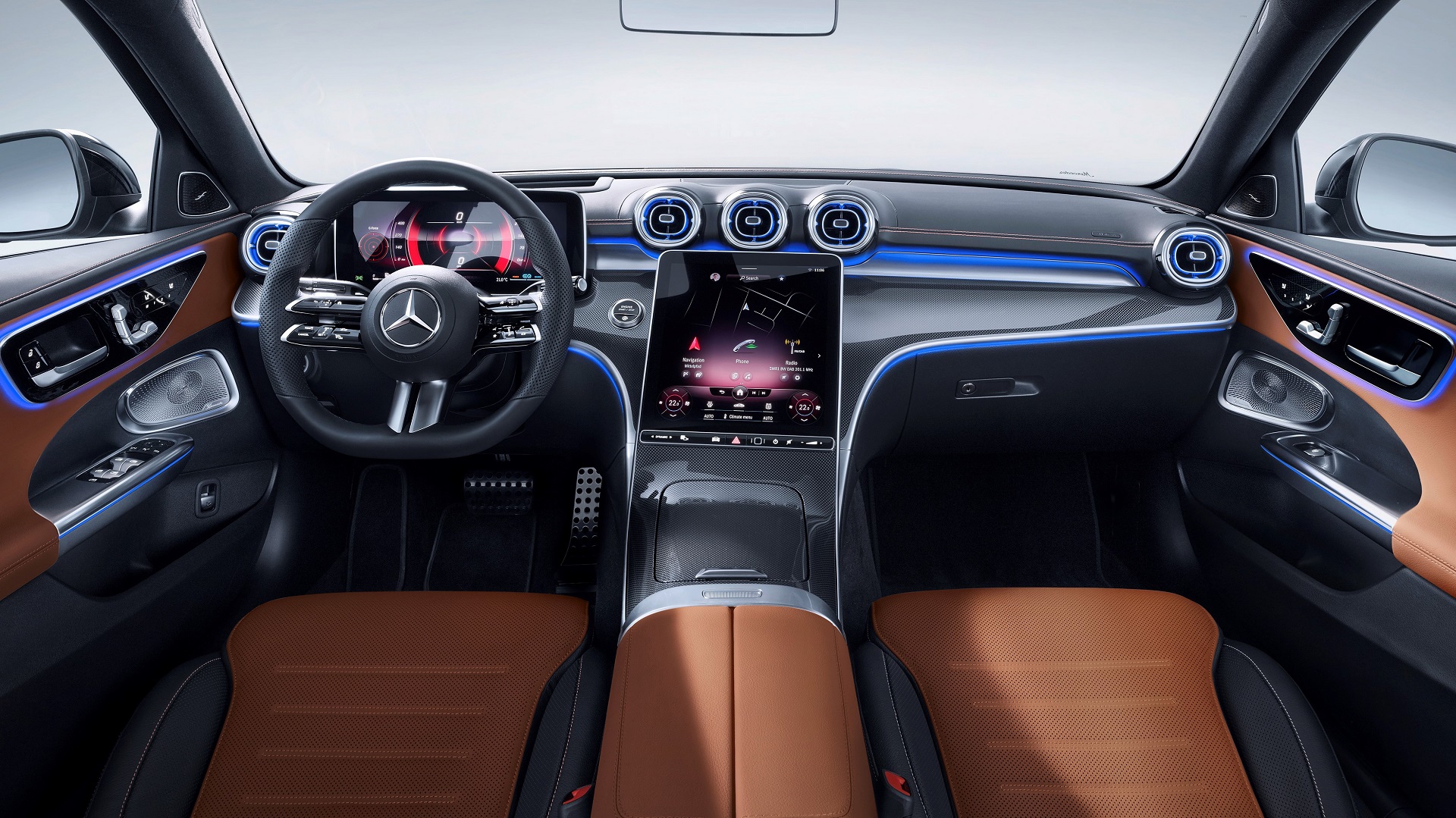
No matter which powerplant you opt for, it will be a turbocharged four-cylinder unit mated to a 9-speed automatic transmission. Also, Mercedes-Benz has equipped all engines with a 48-volt mild-hybrid system (15bhp/200Nm) which, as we know, helps save fuel and aids acceleration. There are five petrol-fed variants – C 180, C 200, C 200 4MATIC, C 300 and C 300 4MATIC – and two diesel-powered ones – C 220 d and C 300 d. Depending on the derivative, the car comes with either a 1.5-litre unit or a 2.0-litre. Power and torque figures vary between 168bhp/250Nm and 261bhp/550Nm. Depending on the engine, the quickest the C-Class can hit 100kmph from a standstill is in 5.7 seconds and reach 250kmph at full blast.
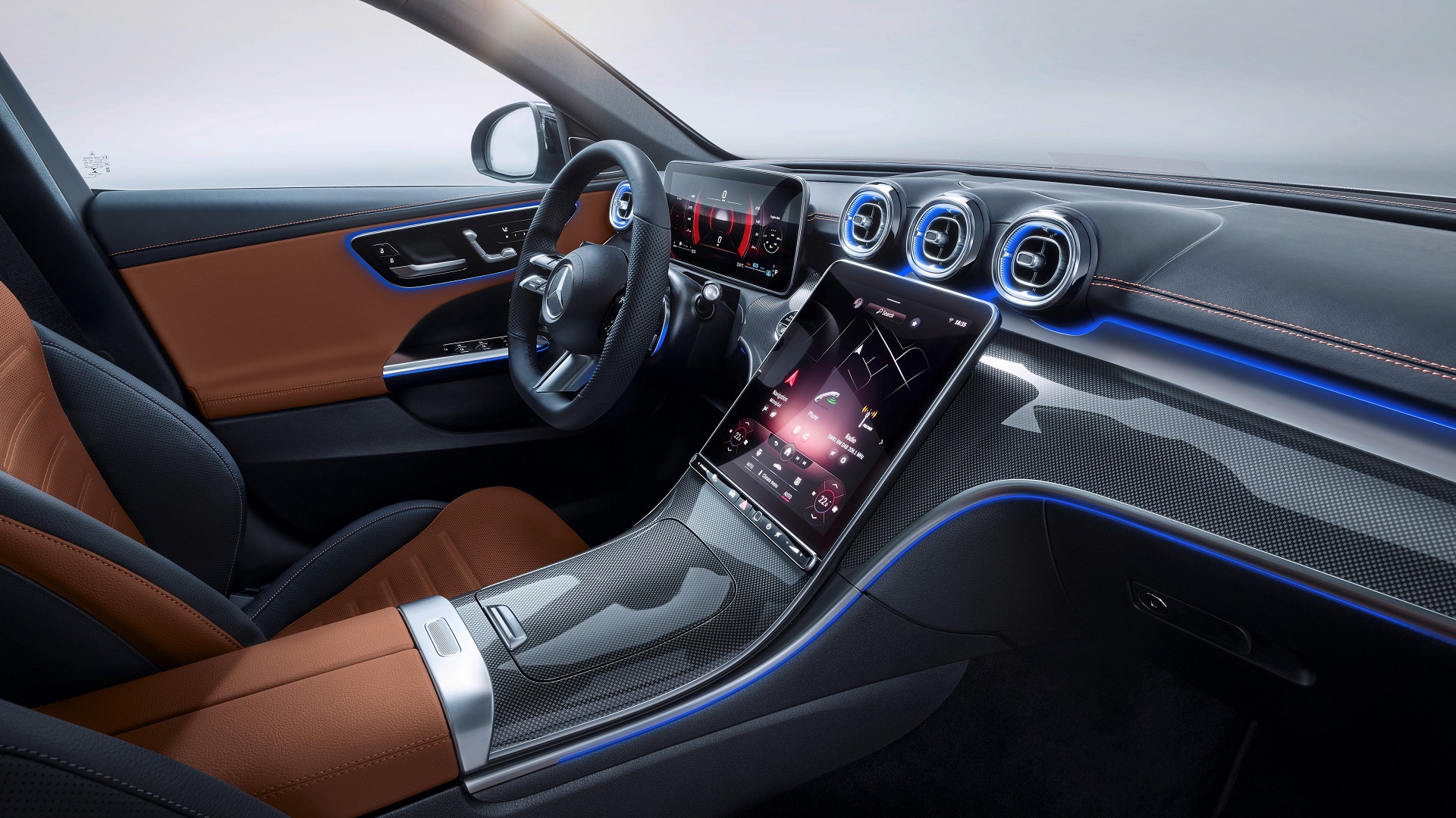
As mentioned above, the new C-Class also packs more features. Obviously, there’s no point listing them all. Included as standard or part of the options list are Active Steering Assist, Traffic Sign Assist, rear-axle steering, a bunch of connected-car features, a head-up display, Digital Light system (from the S-Class) and powered seats with memory function.
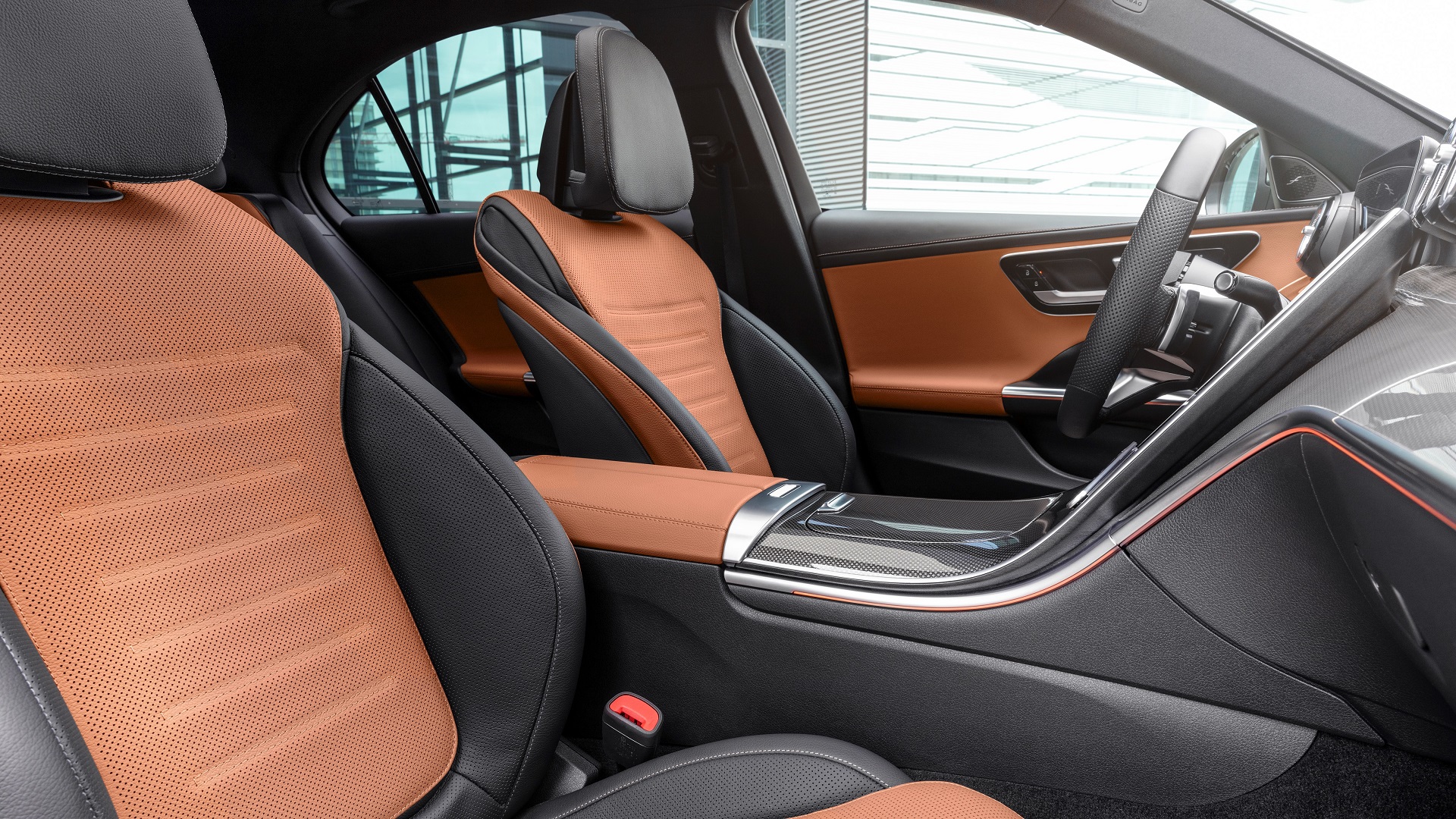
The new C-Class will reach showrooms in Europe by the summer of 2021. Post that, Mercedes-Benz will launch plug-in hybrid variants, which offer an electric range of around 100km. Even diesel plug-in hybrids are in the pipeline.

